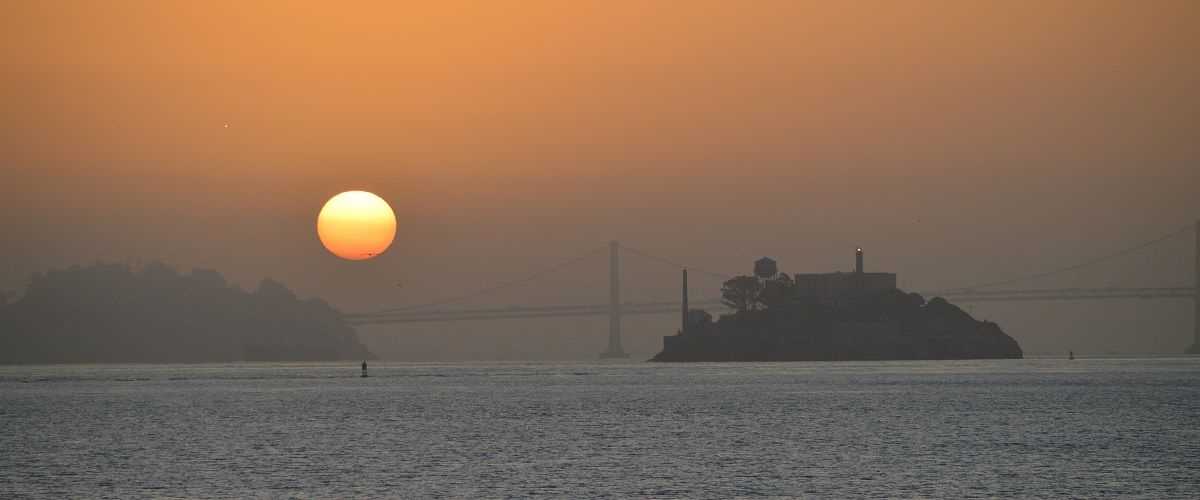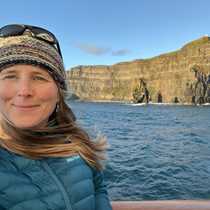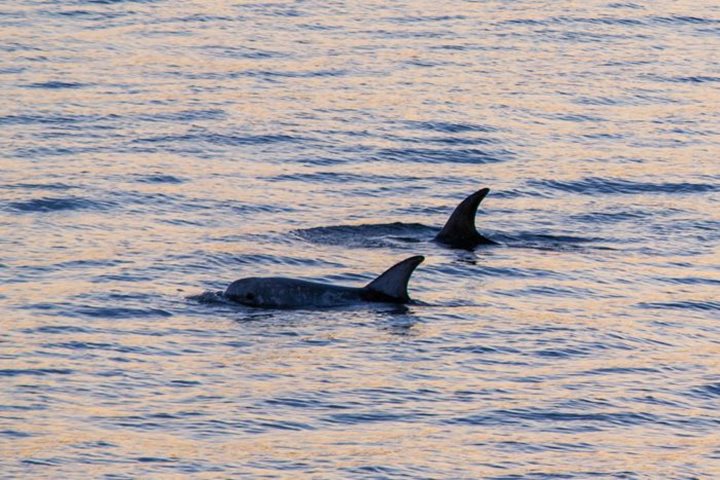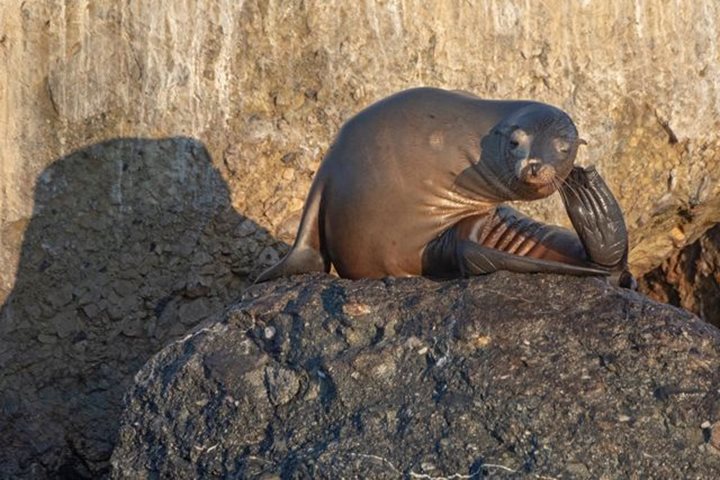Guests onboard National Geographic Venture were treated to a sunrise over the Bay Bridge, with Alcatraz and a Coast Guard cutter shadowed in the foreground. It was a photographer’s dream that continued throughout the day. Waking up offshore of the hippie-chic town of Sausalito, our destination for the day was Angel Island, a treasure trove of natural and human history. The first inhabitants of the Island were Miwok Indians who used the shores for seasonal fishing camps. It became known as Angel Island when Lieutenant Juan de Ayala landed on the island “Fiesta de Los Angeles” – the feast of the Angels. Ayala Cove where we came ashore was named after the Lieutenant. Since that time, the island has played an important role with both military and immigration functions. Camp Reynolds was established on the west side of the island as an ideal location to defend the Golden Gate into San Francisco Bay. Later, Fort McDowell was built on the east side of the island, largely to prepare troops before they sailed out of the bay. The Immigration Station was active between 1910-1940, the “Ellis Island of the West,” but many who passed through the station do not have such favorable memories.
Angel Island has a diverse history of human occupation as shown here in the timeline detailing activities between 1769 and 1954. Prior to 1769, the island was occasionally occupied by Miwok Indians. In 1963, most of the island became a state park.
The highest point of Angel Island is Mt. Livermore at 778 feet. The peak is named after Claire Livermore, a conservationist who was instrumental in establishing the Island as a State Park. Hikers that made it to the top of the island were treated to 360° views of San Francisco Bay, a unique opportunity to see all three bay bridges from one spot: the Bay, Golden Gate and San Rafael-Richmond Bridges.
Many visited the Immigration Station where docents provided some history of the station along with stories of those that passed through the station, and translation of some of the poems etched into the walls. The maximum recorded length of stay in the Immigration Station was two years. Hearing that poetry was etched into the walls really helped bring home the feelings of some of the people detained here.







